The Art of Care Home Design
Locality
Relevant and engaging art makes an enormous difference to communal areas in care homes. Whilst colour contrast, good lighting and furniture layout are key to supportive design for older people, well considered art will elevate a scheme from one that works to one that truly enriches the lives of residents. To me, art has a key role to play in making an environment homely and relatable. Whether you are designing a care home or a retirement living scheme, carefully chosen art will help to provide the building with its personality and often enable it to stand out from the competition. For new builds I think that this is especially important since art will help to root the building in the local community by establishing links with what was there before or what residents will know the area for, and therefore be familiar with. I would also say that in some cases, engaging the wider community within the content of the art can be an advantage, not only by reinforcing those community connections but by engaging with a group of people who otherwise might not have necessarily welcomed the upheaval of construction on their door step!
Getting Creative
Whilst budget of course plays a role with art, there is so much material to be found on eBay and in charity shops. Art provides a fantastic opportunity to re-use and recycle. At Henley Manor Care Home we commissioned Soozi Jenner from Stitch Creative to create some tactile art panels for the sensory lounge in the dementia community. Using remnants of Sunbury Design, Panaz and Agua fabrics, kindly donated by Steve Nixon at Edison & Day, Soozi created two stunning pieces of art including features such as removable clouds and boats.
Sensory Art
One of our clients, a recently opened home in Middlesex, asked us in to transform one of their residential areas into a dementia friendly wing. Pinner Fair has a history dating back to 1336, so we adopted this as a theme for the main lounge. We again engaged the services of Soozi for this project, asking her to create some colourful bunting using remnants from the upholstery fabrics. Hanging the bunting on two levels so that both mobile residents and those in wheelchairs could interact with it, the bunting leads you from the corridor into the lounge. Keen to make this as sensory as possible, we used tactile fabrics and of course the anti-microbial properties of the material will help the bunting to withstand regular touching.
Plenty of famous people hail from Pinner so we were rather spoilt for choice when it came to notable people. Framed Elton John and Tony Hatch albums feature in one of the corridor areas as well as black and white vintage photographs of Ronnie Barker and The Shadows.
At Great Horkesley Manor in Colchester, we embraced a cricket theme for their newly refurbished front of house communal areas. Comprising two adjoining rooms we designed one area with a bar/pub feel and the other as a tea room. Scouring the internet for Essex County Cricket Club memorabilia which we could put to good use, rewarded us with some fantastic old team photographs, a signed cricket bat as well as a vintage cricket sweater, all framed to suit the pub style of the scheme.
The adjoining tea room featured black and white photographs of a 1950s cricket tea, tea pots, cups and saucers and a dresser styled with old china.
Clever Sourcing
Framing vintage catalogues, magazine spreads, books or knitting patterns can provide another sustainable and cost effective way of producing engaging art. An Extra Care scheme we designed in Reading for Home Group, included some 1970s seed catalogues which we found on eBay. Sutton Seeds started life in Reading so one of the corridor wings took on this theme with old black and white images of the original headquarters, an historical time line detailing key points in the company’s past, botanical art and spreads from flower and vegetable pages. It actually took me right back to my childhood where I would sit in my father’s greenhouse, soaking up the warm and the comforting scent of tomato plants, flicking through the Sutton Seeds catalogue, helping him make his selections for the next season.
At Henley Manor, as part of the craft themed lounge and corridor end in one wing of the dementia community, we framed old Patons and Sirdar knitting patterns as well as copies of 1960s and 1970s women’s magazines. Sifting through my eBay haul of crochet and knitting patterns from Women’s Weekly, I came across one of those perfectly posed “catalogue man” shots, sporting a blue cable knit sweater which my mother knitted for my father many moons ago. I also remember us popping into the local newsagents each Thursday after school to collect my mother’s reserved copy of said magazine. Engaging art will prompt memories and start conversations so much more than a generic hotel style watercolour.
Engaging Questions
Working with Hallmark Care Homes, throughout the dementia community we added framed questions in simple and easy to read, black on white text. These questions encourage engagement with the art by asking questions of the residents. For example, in the Farmhouse Kitchen at Henley Manor, we framed vintage Family Circle magazine covers with classic 1970s dinner party recipes, next to which the question of “Magazines like these were full of recipes, what did you enjoy cooking most?” So the art prompts memories and the question encourages engagement.
New Commissions
Not all projects will have the budget for bespoke and locally themed art, nor the talent within their client team which we had at Henley Manor Care Home, but having an element of it within a design scheme, makes an enormous impact to both residents, care team and people visiting the home. Hollie Allen, Assistant Designer at Savista Design and Build, is hugely creative so it made complete sense to engage her talents for this project. This 80 bed care home, with accommodation over three floors offering residential, nursing and dementia care, presented many opportunities for bespoke art. Hollie’s work included watercolours of iconic Henley shops, vintage tea pots and cake stands for the Riverside Café, to suit the soft green and blush pink of the scheme and soft botanical drawings for the hair salon to echo the fig design of the curtain fabric. Hollie’s work also extended to the Farmhouse Kitchen in the dementia community, with art featuring bread baskets, old fashioned weighing scales and traditional mixing bowls.
Always Learning
Arguably, in the pursuit of interesting angles and approaches to the art, I do spend a great deal of time researching themes, delving into the history of the local area, but the feedback from care teams, residents and relatives does really make it worthwhile. Who knew that Edward III, frustrated that all the Romney Marsh wool was being exported to Europe to be woven into cloth, invited the weavers and dyers from Flanders over to Tenterden in Kent, to teach the local men their art, heralding the start of a decade-long prosperous weaving industry? Or that George Orwell was from Henley-on-Thames? I certainly did not until I started researching themes for an assisted living scheme and care home. Never thought that my role as an interior designer would boost my pub quiz knowledge but there you go!
Thank you!
I could not write this piece without thanking The Frame House with whom we have worked for many years. Their experience, knowledge and perseverance in interpreting sometimes not always the easiest brief, makes working with them a joy both at head office level and on site at fit out.

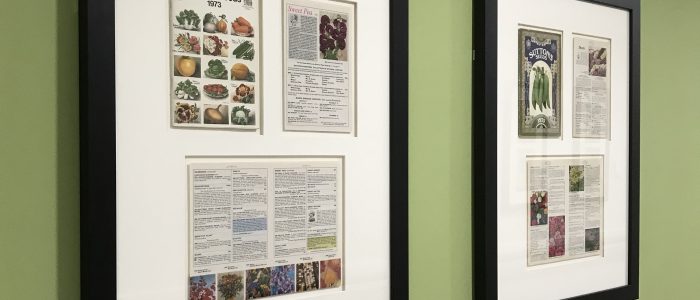
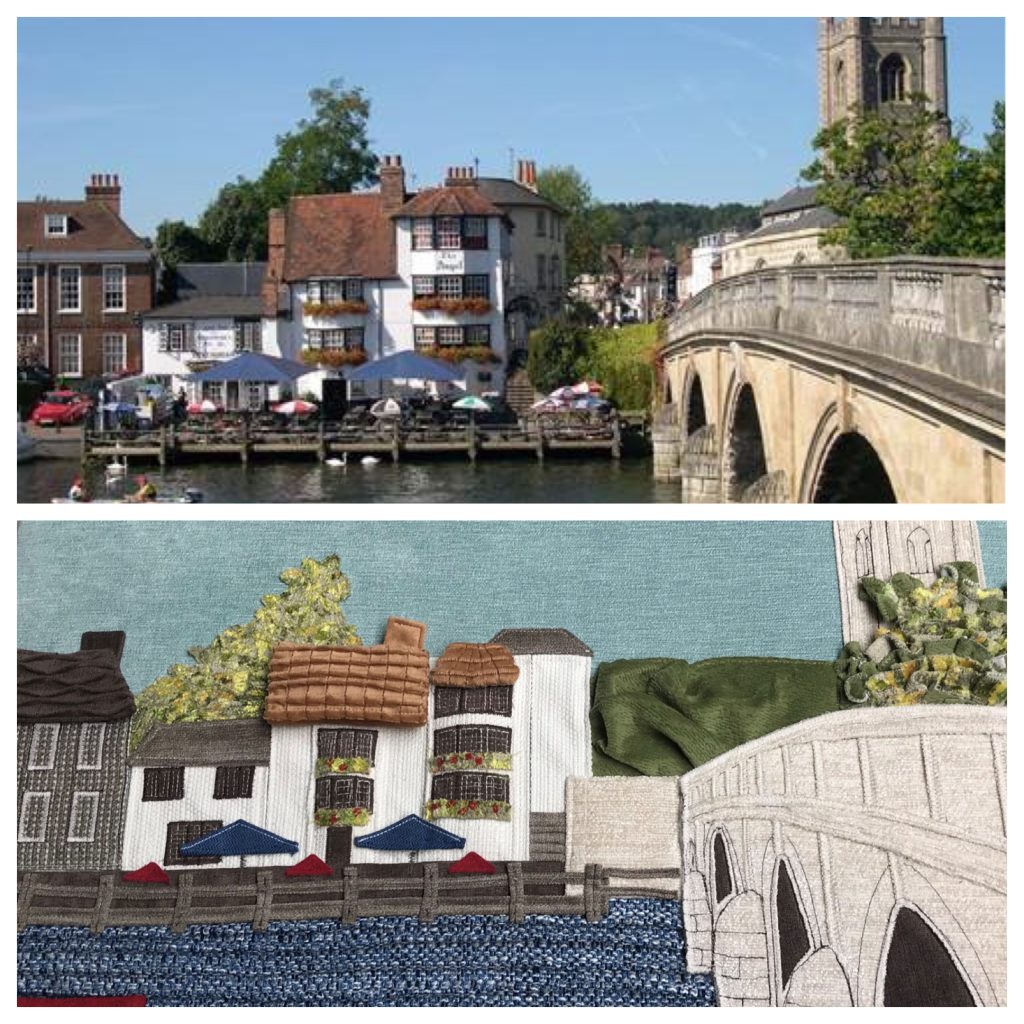
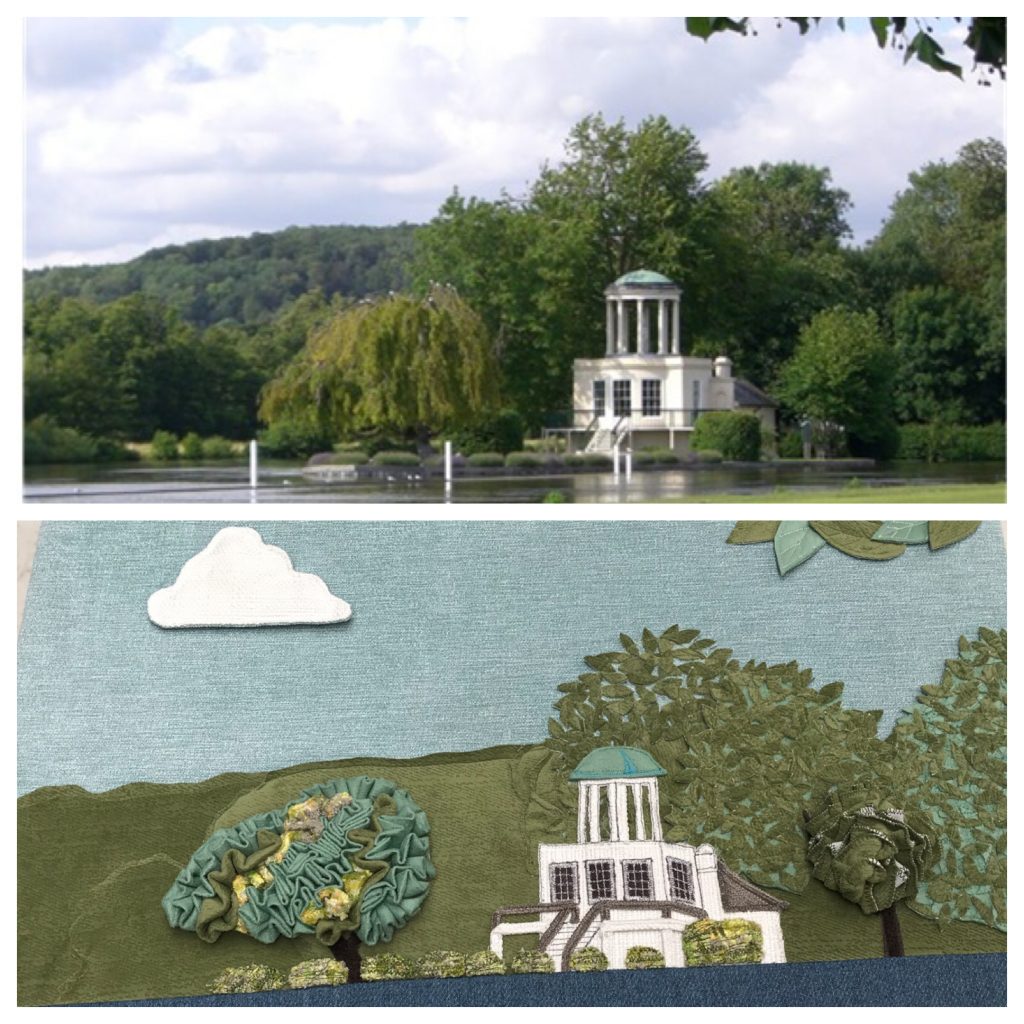
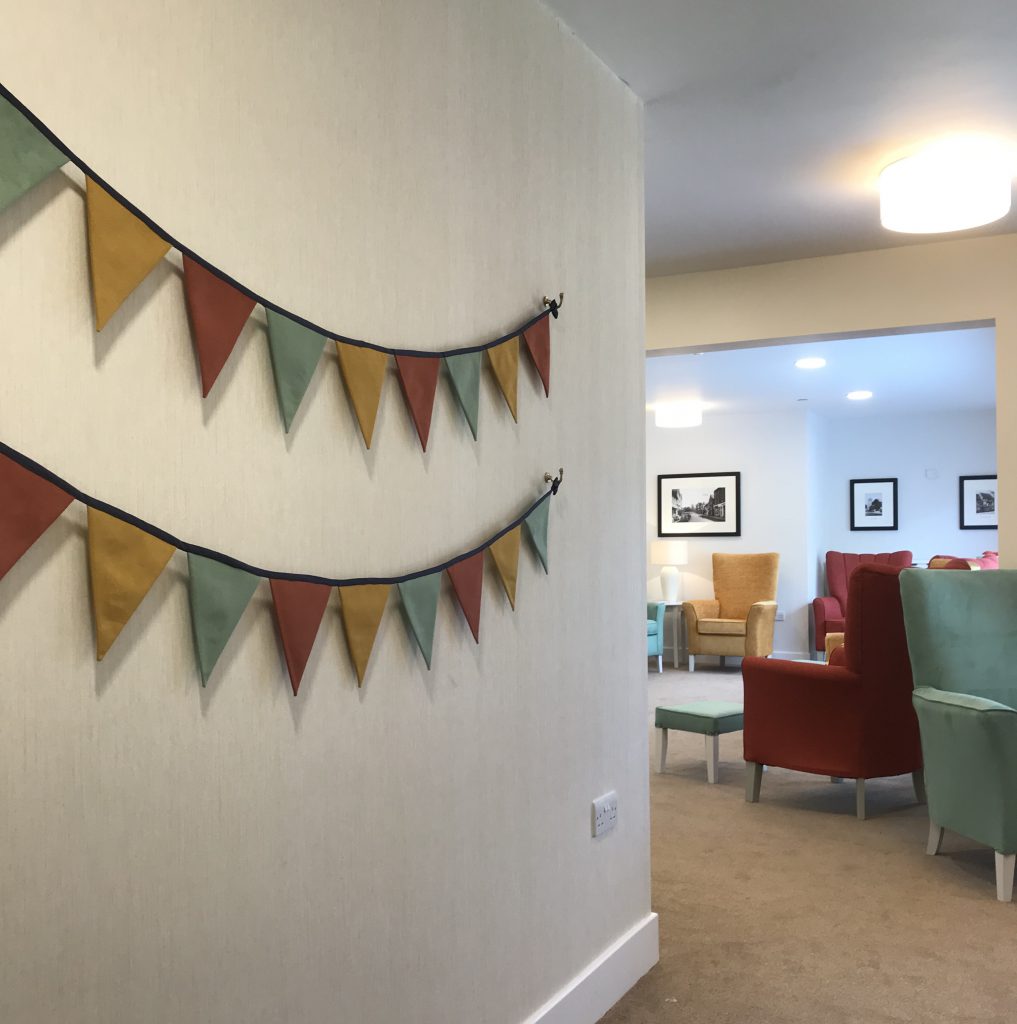
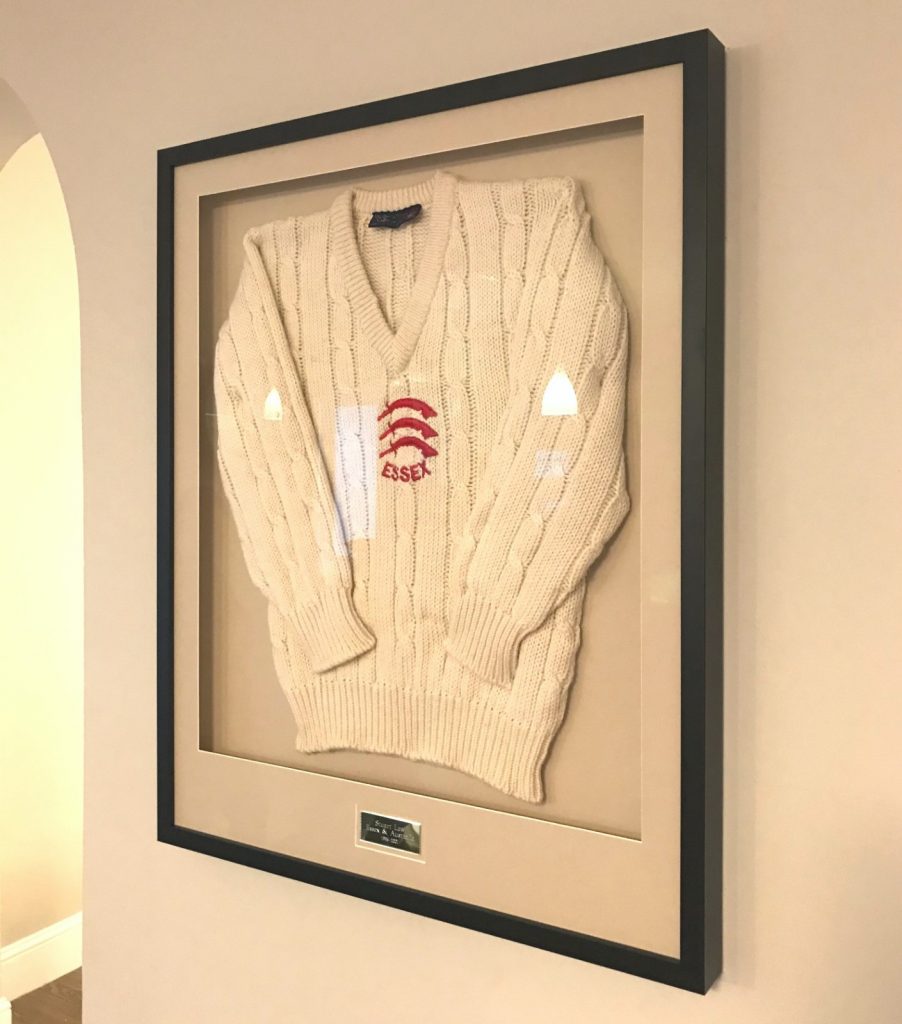
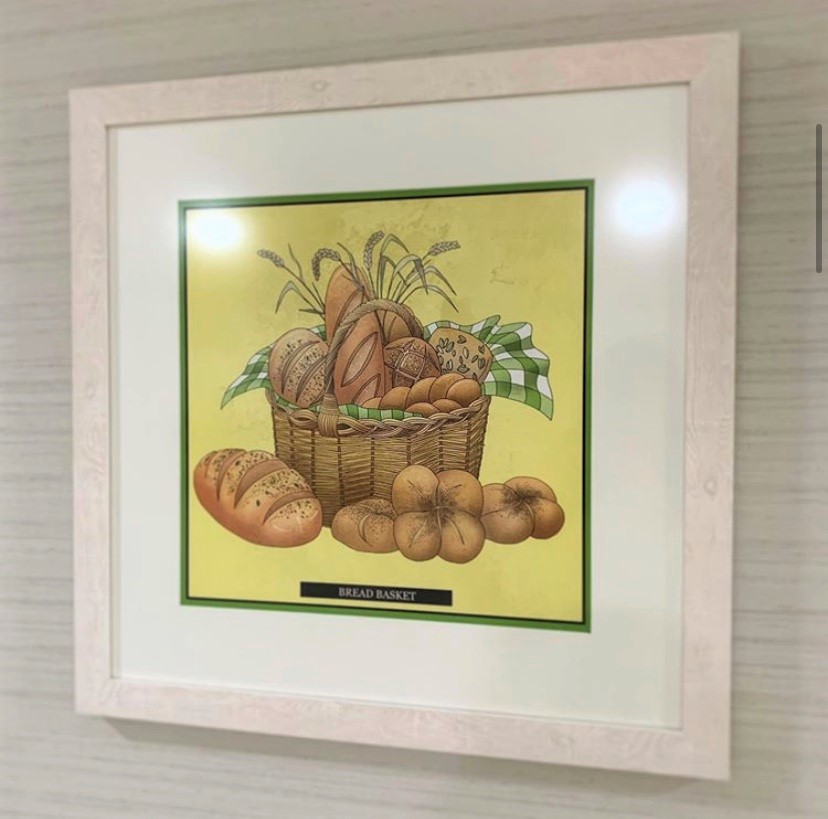
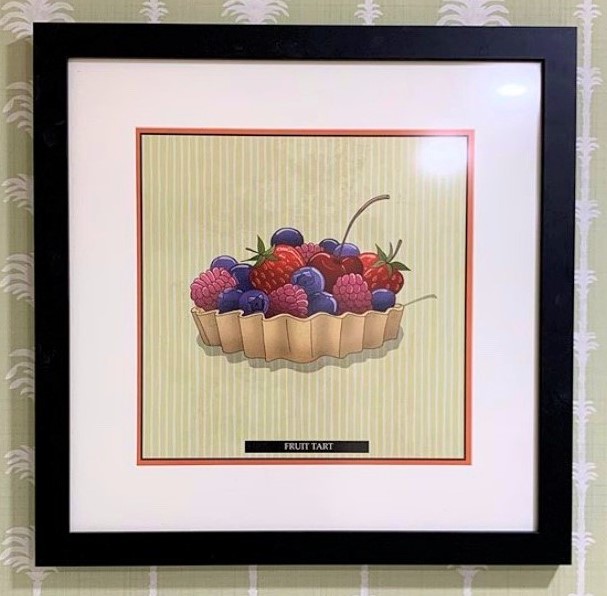
 As well as having written for regional magazines including
As well as having written for regional magazines including
Comments are closed.